Ground Reports
Free Bus Ride For Women: How Karnataka Government's 'Shakti' Scheme Is Working On The Ground
Sharan Setty
Jun 28, 2023, 02:52 PM | Updated 03:05 PM IST
Save & read from anywhere!
Bookmark stories for easy access on any device or the Swarajya app.
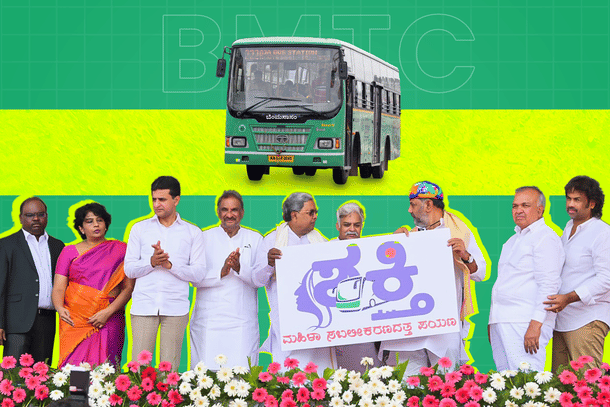
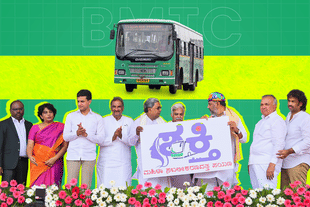
“We campaigned door-to-door for the Congress. 300 of our auto drivers and their families voted for the Congress. At the time, we carried the posters on our autos. Little did we know that we had to pay the price for voting them into power”, an emotional auto union chief from Bengaluru, on the condition of anonymity, tells Swarajya.
C Sampath, general secretary of Adarsha Auto Drivers Union expresses concern over the plight of the auto drivers in the city.
Speaking to Swarajya, he said, “Ever since the COVID-19 pandemic, auto drivers have been going through a difficult time. Some drivers mortgaged or sold off their vehicles and took up painting, carpentry to support their families. While things seemed to slowly improve, Shakti scheme has come as a curse to many of us.”
He adds that the scheme being applicable to four RTCs has made it difficult for them to earn money. Earlier, auto drivers could earn some money since they acted as a feeder service between a particular point to another, where passengers could use the auto to reach a bus stand or a metro station. But with BMTC buses being free, women skip the autos and directly opt for buses, he says.
Under the Shakti scheme, women can travel for free in non-premium services of state road transport corporations.
Manjunatha, an auto driver in Bengaluru’s Nagasandra says that he is yet to receive the benefits of the other four promises made by the Congress in the state, which would directly impact him or his family.
“Our business is down by 30-40 per cent in the last two weeks, and people are now opting for public transport. We used to earn around 800 to 900 rupees a day. This has come down to 400 to 500 rupees”, he says.
Raghu Narayana Gowda of Peace Auto and Taxi Drivers’ Association says that the IT areas such as Whitefield, Marathahalli are better off since people prefer convenience and comfort over free rides.
Since the affordability factor does not impact techies greatly, the autos and the cabs in those areas are not as affected as the other areas.
In places like Yeshwantpur, Peenya and other industrial hubs, he says that the business is down by 50 per cent.
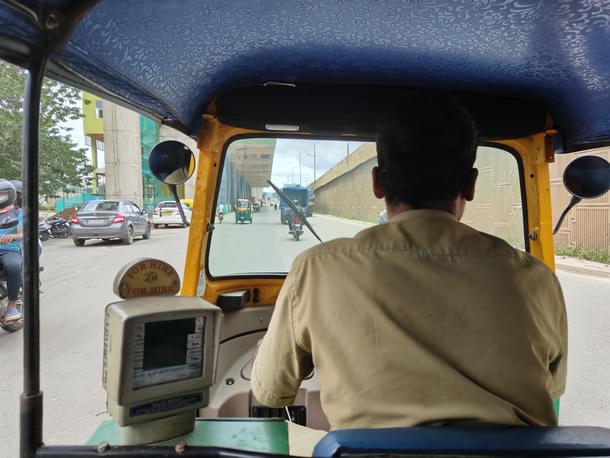
Bengaluru To Mangaluru, Struggle Remains The Same
Apart from auto drivers, private bus operators are also affected by the Shakti scheme in the state. Reports suggest that there is a demand from the private players to the government to reduce their taxes or to totally exempt them.
Some of them even plan to organise a strike against the government if they do not receive any viable solution to better their situation.
While sleeper buses and other premium buses are not affected by this, other regular services seem to have taken a hit. This is not just limited to Bengaluru, but is spread across the state.
In places like Mangaluru and Udupi, due to limited availability of public transport, private players dominate the region. On the condition of anonymity, a couple of bus associations’ presidents (who are Congress supporters/members) have told Swarajya that their businesses are in trouble.
They have tried to convey their problems to the local and the state leadership, and are hopeful that a resolution will be proposed.
The Struggle To Make It To Offices/Colleges
Prerana, an interior designer who works in Malleshwaram changes two buses everyday to reach office.
First, she boards a bus in Byadarahalli and reaches Yeshwantpur. From there, she takes another bus to Malleshwaram.
She has observed that the buses are no longer frequent as they used to be before. Additionally, many bus drivers do not stop the bus if they spot a lot of women waiting for buses at a particular point.
Ranjita, a HR manager in MG Road, shares the same experience.
She feels that the behaviour of the conductors towards women have changed, and that she does not ‘feel respected’ the same way as before.
She now takes the metro instead, since she can get off at Trinity Circle and walk to her office instead of having to struggle in a bus.
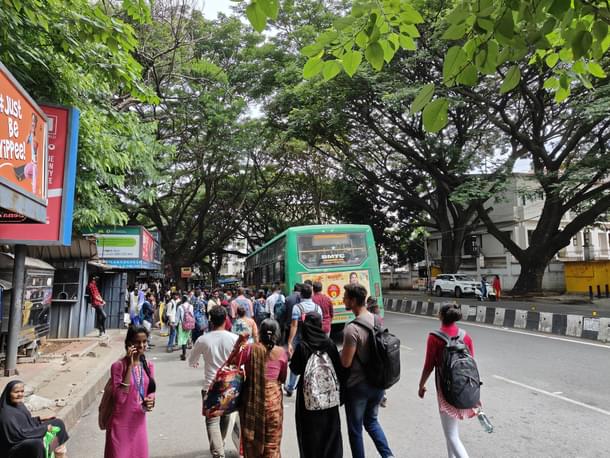
Fleet Shortage Must Be Addressed
Ever since the scheme rolled out, there has been a sharp increase in footfall of women passengers.
Bengaluru Metropolitan Transport Corporation (BMTC) recorded an increase in the daily ridership of women in public buses from 27 lakh in May 2023 to nearly 40 lakh in June 2023.
In May 2023, around 39 per cent of the total passengers were female. In June 2023, this shot up to 57 per cent.
Several reports have suggested the immediate need for BMTC to increase its number of fleets in Bengaluru to accommodate the rising demand.
Karnataka’s Comprehensive Mobility Plan had a proposal to increase the fleet to 13,000 buses by 2025, but at the moment, the current fleets’ strength stands at 6,688 (of which 5,557 are operational).
This is less than half of what BMTC’s fleet size must have ideally been. Given Bengaluru’s population, experts estimate that the city requires anywhere between 14,000 - 15,000 buses to meet the demand.
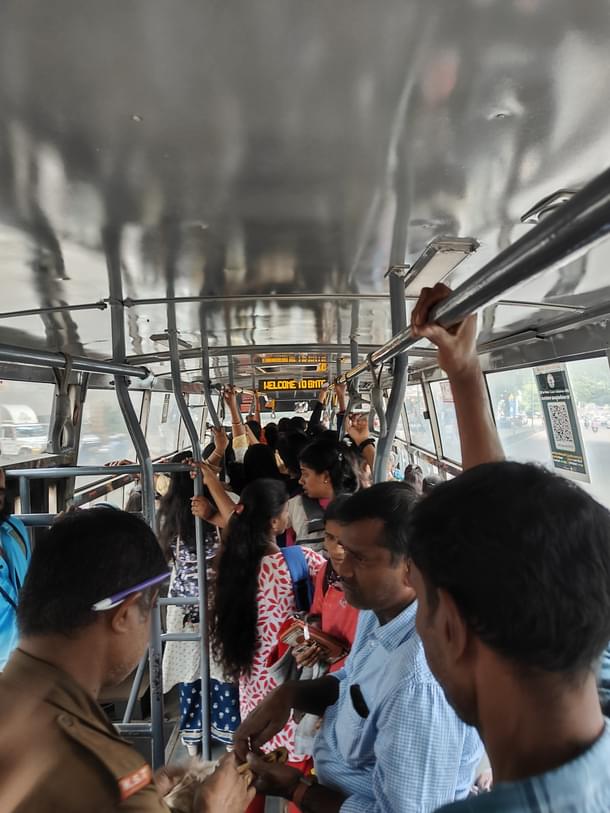
Sharan Setty (Sharan K A) is an Associate Editor at Swarajya. He tweets at @sharansetty2.





